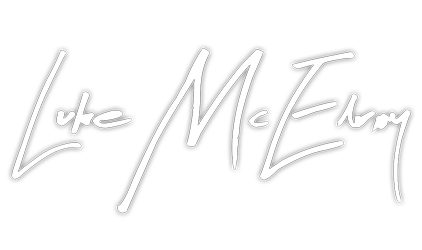A lot of companies rebrand the external aspects of their organization, few spend the time and/or money to do an internal rebrand, a recalibration of the internal elements of a company. One of the core responsibilities of the chief leader or point person in an organization is to create and build company culture. That is where internal rebranding focuses; culture. A great internal rebrand will superseded any need for an external rebrand.
Let me explain.
Without the right internal culture, we will miss the opportunity to build a lasting brand with our cultures AND team members. Because internal culture impacts customer service, it impacts marketing, it impacts the story you tell and the story you live. Connect purpose with product and you’ll be well on your way to success.
However most leaders fail to realize the power of an internal brand. You may or may not agree with this statement: Everything needs design, and great design is intentionality wrapped in art. However I believe it’s not just for external issues. Things customers sees as well as things your team interacts with needs design.
[bctt tweet=”Everything needs design, and great design is intentionality wrapped in art.”]

Lets look at Comcast. They made a giant re-brand recently. Most people were critical of this, but they rebranded primarily to shed the long history of customer service complaints. However they attempted an external re-brand when they really needed an internal makeover. They re-designed the wrong parts.

Next, lets take into account the Gap and JC Penny Re-brands. Again external re-brands. Hoping they would emerge as a brand that was perceived more like the popular H&M or Nordstrom brands that are dominating their industries. These legends were willing to throw out the common and known for a very expensive re-brand that would only externally make an impact. Worse yet, both Gap and JC Penny’s external re-brands actually did more to hurt the company than help. They’ve both reverted back to old/previous logos since the rebrand. [Source and Source]
If you want to make a lasting change on your business, it starts with an internal re-brand, not external. It’s the people of your business, the culture and the way you all interact with each other that has the opportunity to produce customers for life. They’re the lifeblood of your future. Not your logo.
[bctt tweet=”If you want to make a lasting change on your business, it starts with an internal re-brand, not external.”]
And that takes a lot for me to say, because I love a good logo. They play a massive role in first impressions, in communication when you can’t be present and they add the personality many industries desperately need. However, once you get down to the nitty gritty of business growth, a logo doesn’t make a company money. It just builds recognition.

Lets take a look at the positive nature of an internal re-brand. Starbucks. A company that in 2008 was losing marketshare to a wealth of other boutique coffee shops. After a lot of customer complaints, the CEO (Howard Schultz) shut the company down for 3 hours to re-train everyone on how to make the perfect latte. That is a massive hit to revenue. And worth every penny in the long run. [Source]
You see what Schultz saw that few business owners are willing to admit, is that the problem isn’t what people perceive, but the people who work for Starbucks who need the re-brand. It was a latte problem, not a brand problem.
An internal rebrand forces us to consider our culture, quality and people over perception.
[bctt tweet=”An internal rebrand forces us to consider our culture, quality and people over perception. “]
This whole concept has given me new questions to evaluate my success and leadership.
- Do I know our internal problems?
- Am I willing to do something about that?
- Is our internal brand more important than our external perception?

